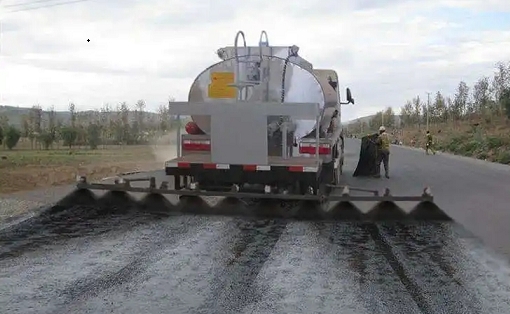Efficiency and energy consumption of bitumen melting equipment
Bitumen melter equipment plays an important role in highway construction, but traditional heating methods have problems such as high energy consumption and low efficiency. This article introduces a new type of bitumen melting plant, which uses electric heating technology and has the advantages of energy saving, environmental protection and environmental protection. The working principle of this equipment is to heat the bitumen through the heat generated by the resistance wire, and then automatically adjust the temperature and flow rate through the control system to achieve the best melting effect.
Bitumen melter equipment plays an important role in highway construction, but traditional heating methods have problems such as high energy consumption and low efficiency. This article introduces a new type of bitumen melting plant, which uses electric heating technology and has the advantages of energy saving, environmental protection and environmental protection. The working principle of this equipment is to heat the bitumen through the heat generated by the resistance wire, and then automatically adjust the temperature and flow rate through the control system to achieve the best melting effect.
[1]. Combination of energy, energy conservation and environmental protection
Traditional bitumen melting equipment mainly relies on coal or oil for heating, which not only consumes a lot of energy, but also emits a large amount of harmful substances, causing serious pollution to the environment. The new bitumen melting plant uses electric heating technology, which has the following advantages:
1. Energy saving: Electric heating technology is more energy-saving than traditional combustion methods, which can greatly reduce energy consumption and carbon emissions, which is beneficial to environmental protection.
2. The new bitumen melting equipment adopts a precise control system, which can achieve precise temperature control and flow adjustment, thereby ensuring the best melting effect.
3. Environmental protection: No harmful gases are produced during the electric heating process, which avoids environmental pollution and meets the requirements of modern green buildings.
[2]. Working principle of new bitumen melting equipment
The new bitumen melting equipment mainly includes three parts: heating system, control system and conveying system.
1. Heating system: Use resistance wire as the heating element to convert electrical energy into thermal energy for heating bitumen.
2. Control system: It consists of a PLC controller and sensors, which can automatically adjust the power of the heating system and the flow rate of bitumen according to the set parameters, ensuring the stability and reliability of the melting process.
3. Conveying system: Mainly used to transport molten bitumen to the construction site. The conveying speed and flow rate can be adjusted according to the actual needs of the site.
[3]. Conclusion
In general, the new bitumen melting plant has the advantages of energy saving and environmental protection. It can not only meet the needs of highway construction, but also help protect the environment and meet the requirements of sustainable development. Therefore, this new type of asphalt melting equipment should be vigorously promoted to improve the efficiency and quality of highway construction.


































